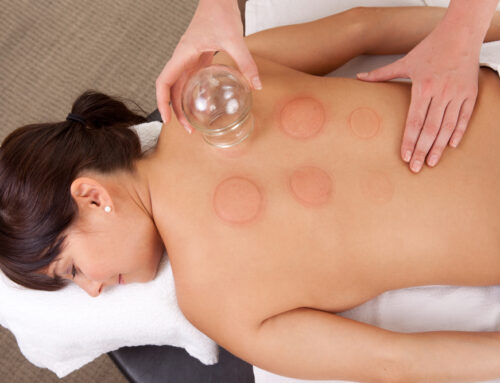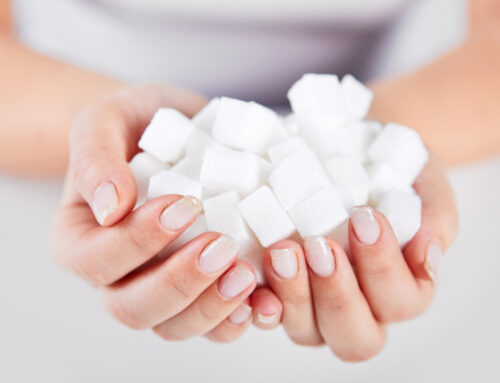Interview with Leigh-Anne Best, Registered Massage Therapist
Leigh-Anne is one of the talented team of RMTs at Innate Wellness. Both as an RMT and as a mother, she has tackled many women’s health issues including pelvic floor health, pregnancy, labour and postpartum health. She is a wealth of information on how massage can be used for women specific concerns. We asked her to help us understand a little more about how this wonderful modality can be used for health & healing in women.
Q1: How can massage therapy help to address women’s health?
Massage Therapy is well known for its ability to promote relaxation, reduce stress and muscle tension, as well as for its role in rehabilitation and injury prevention. However, there is less of an understanding of the benefits of massage as a holistic approach to women’s health issues.
What most people don’t know is that Massage Therapy is an effective modality for treating women’s health issues, including irregular menstrual cycles, menstrual disorders like PMS and PMDD, but also for aiding with fertility issues.
Additionally, massage is an excellent means in which to support the ever-changing needs in women’s bodies during pregnancy, in preparation for birth and during labour, and, most importantly, as part of the postpartum picture for healing.
Q2: Can you tell us a little bit about the additional training you have done with women’s specific health concerns (ex., pelvic floor work, doula etc).
As part of my training to become a Registered Massage Therapist, I have had the opportunity to work side-by-side other health professionals at Sunnybrook Hospital treating high-risk obstetric patients, in addition to providing prenatal care to patients in a no- to low-risk pregnancy clinic settings.
As an RMT, I have acquired additional training in postpartum pregnancy massage with the integration of massage for pelvic health in general. I also have training in thoracic mobilization for addressing those pesky back issues that pop up as women try to keep up with the demands of motherhood.
My deep-rooted personal interest in women’s health issues has lead me to further research massage for feritily issues as well as dive more specifically into massage for pelvic girdle pain.
Complementing my role as an RMT, I am also a DONA-trained birth doula and I have worked over the years to support numerous couples through their pregnancies, deliveries and postpartum experiences.
Q3: Why is pelvic floor health so important for women in pregnancy and beyond?
The pelvic floor, and therefore its health, is the foundation for movement in the body. Not only does our pelvic floor support all of our internal organs, including our sex organs, but several muscles used by our bodies for upright support are also integrated into the pelvic region. In addition to the pelvic floor muscles that are located wholly within the pelvis, we have trunk muscles that attach to the pelvis and cross the lumbosacral joint in the back, as well as muscles from the thigh and leg that attach to the pelvis and cross the hip joint in the front.
It is thought that the combination of hormonal and physical changes as well as changes in postural and movement patterns are the main contributing factors to low back and pelvic girdle pain, both in pregnancy and postpartum. So having a healthy pelvic floor prior to getting pregnant, during pregnancy and for supporting the functional healing process of the pelvic floor postpartum is extremely important.
Q4: As a massage therapist, doula and mom – you must have some insight into women’s needs during pregnancy. What advice would you offer women for their self-care during and after pregnancy?
The best piece of advice that I can offer for self-care during pregnancy and postpartum is to listen to your body. Take care of yourself in whatever capacity that you feel necessary. If you can’t put your own needs first, then it will be difficult to provide for those that truly depend on you. Understand that the process of birthing a child is a major event for the body in which it undergoes a massive amount of stress. Just like any other trauma the body might endure in its lifetime, pregnancy, labour and delivery require a significant amount of healing time and should be given the same type of rest and rehabilitation as any other injury. Postpartum care that addresses pelvic health and rehabilitation is so important to living a healthy, comfortable and functional life postpartum.
On a different note, I want to speak to the unrealistic expectations for new moms to bounce back into whatever pre-baby body they had right after birth. Give yourself some time. It took 10 months for your body to create a new life. In that time a lot of changes occurred. It takes double as long, if not longer, for your body to fully return to “normal” internally, so give yourself some time and the external will follow suit. Embrace what you look like postpartum and recognize that you just did something amazing and that is enough for right now.
Thanks,
Leigh-Anne






